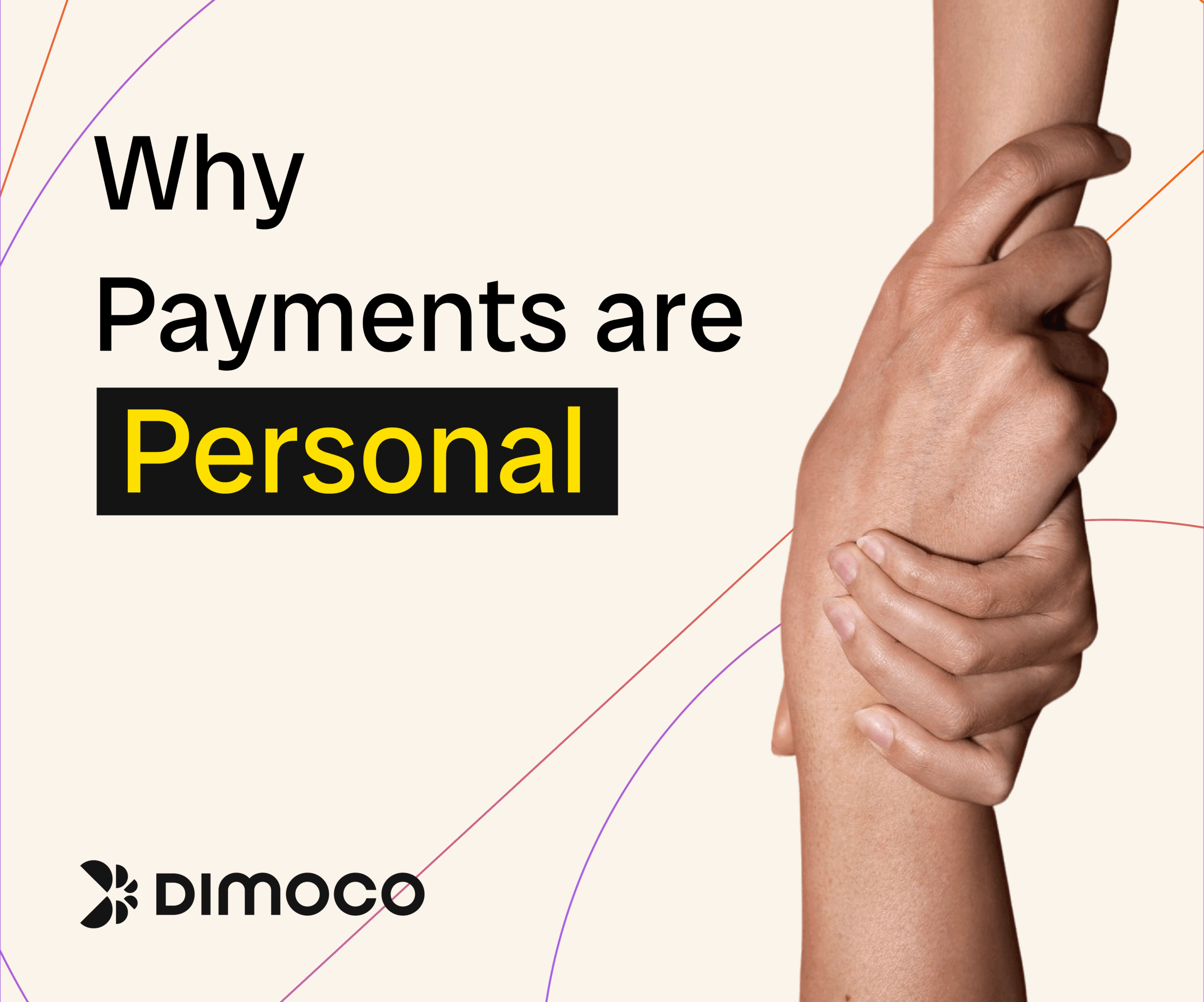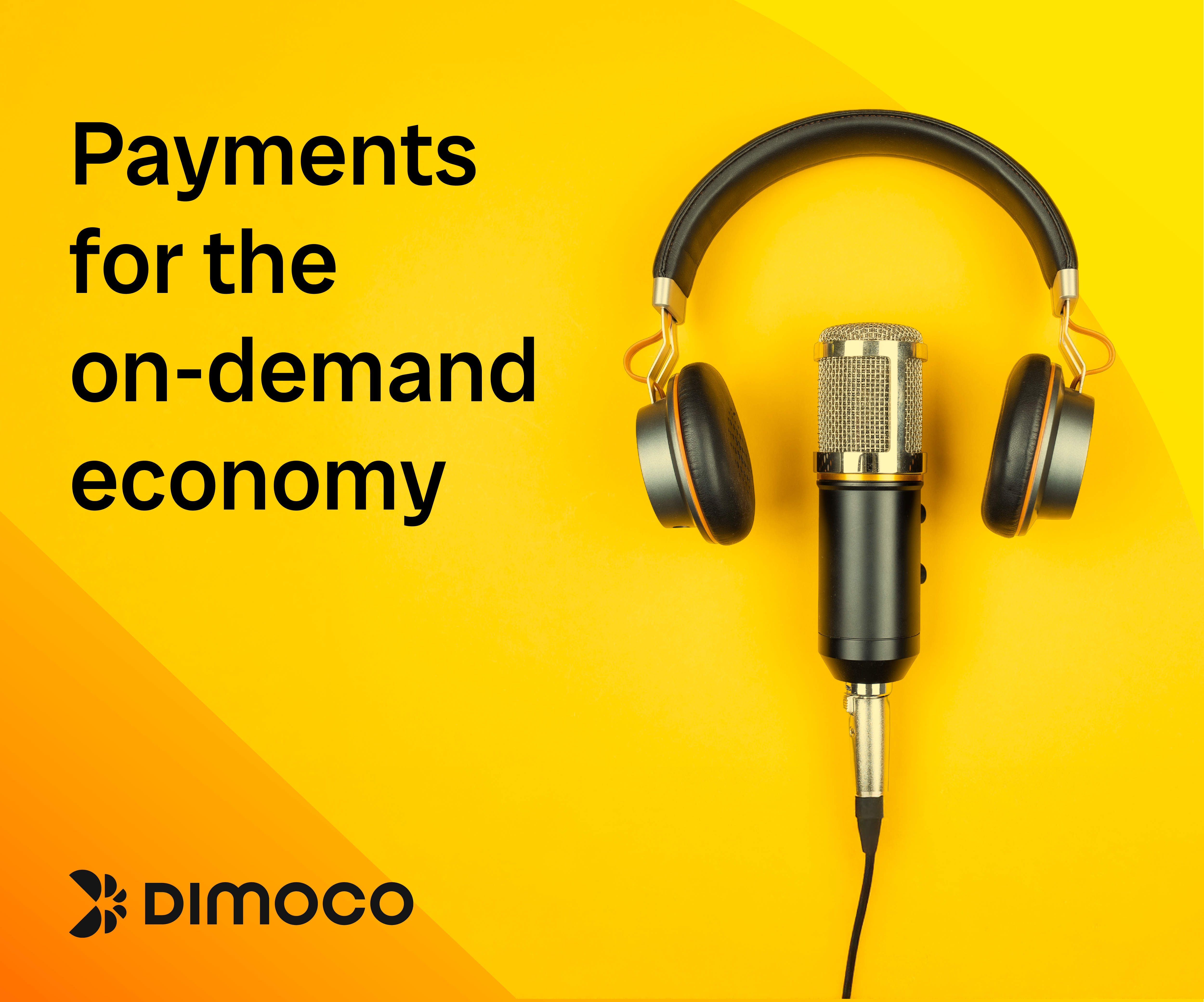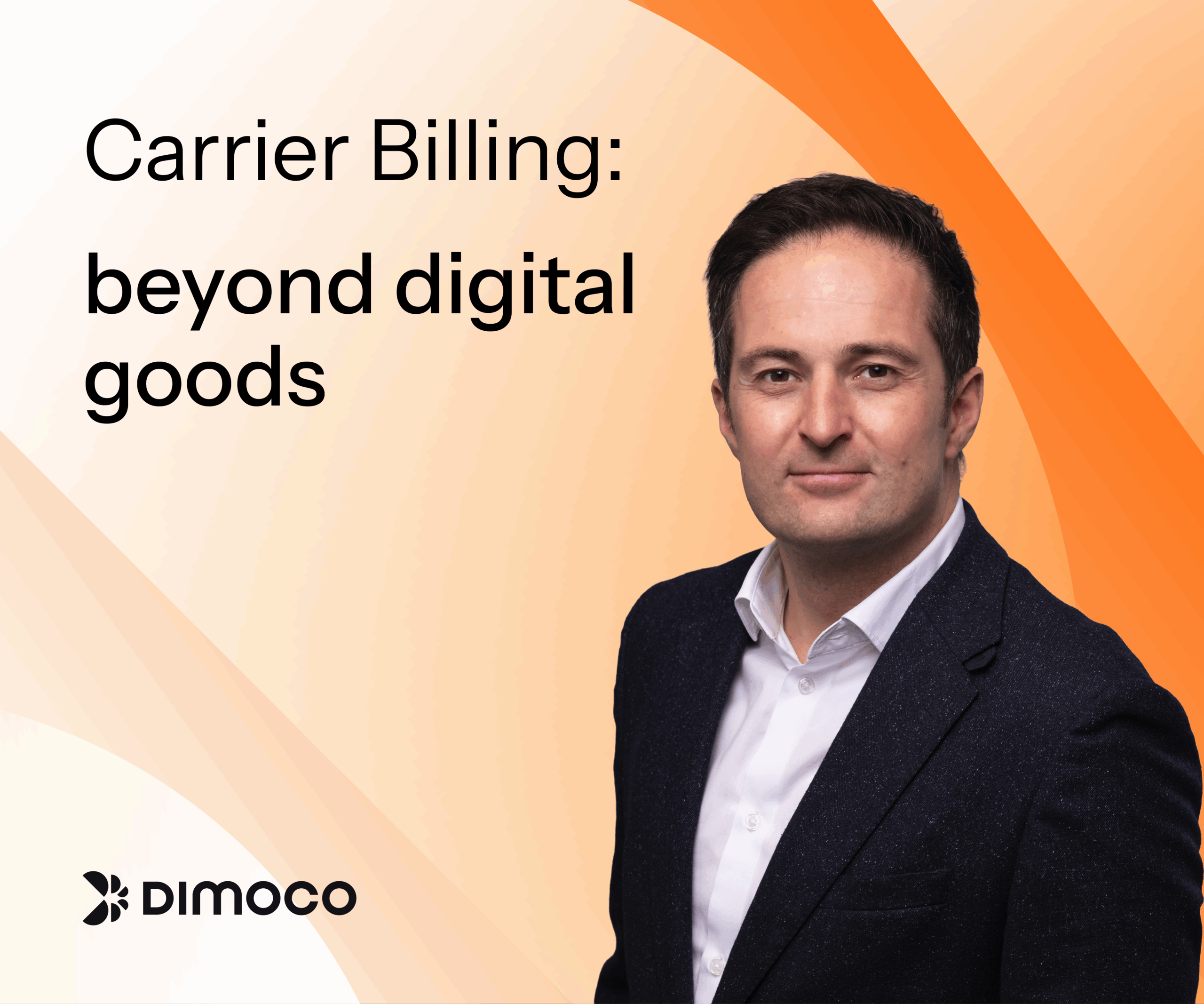Duygu Inanc Koyunpinar, Head of Product at DIMOCO, looks at what we can expect from 2024.
With 2024 just over the horizon, it’s time to take stock of the industry. With the internet reshaping the way we engage socially, professionally, and financially, there are constant changes that merchants and service providers need to keep up with to stay relevant. In this exploration of the payments ecosystem, our focus turns to the payment trends set to define the year ahead.
Payments trends -Carrier Billing
Digital payments trends are constantly under transformation, and amidst this change, traditional methods are acquiring new relevance. One such stalwart is carrier billing, a concept with a longstanding history that is now experiencing a resurgence. Clemens Leitner, the CEO of DIMOCO Payments, recently highlighted its untapped potential in an interview with The Paypers. What was once primarily associated with less salubrious digital goods has expanded its reach to encompass diverse sectors such as electronic vehicle charging, micro-mobility, and even vending machines. As the mobile phone strengthens its position as the gateway between our physical and digital selves, its use as a payment method grows.
However, during this years’ Global Carrier Billing and Mobile Payments summit the topic of user awareness was addressed. Currently, carrier billing is not a top-of-mind payment method for the majority of users. This can be an issue that could impede its growth. The benefits for consumers are many, streamlined user experience, secure payment method, financial inclusion for unbanked, and easy access. At DIMOCO Payments, as an aggregator and technical provider at the heart of this payment method, we believe we are playing a crucial role and focus our efforts on this pain point with support from network operators and other aggregators. The technical infrastructures are up and running, the ecosystem has been end to end mobile oriented, and recognition over heavily used platforms such as Appstores has been increasing. We believe we are on the edge of increased adaptation for this payment method to reach its full potential.
Payments trends -Mobile Payments
Mobile payment is an umbrella term to cover all payments that are made using a mobile device. We should be aware that there is always a payment instrument / method behind the mobile device such as cards, wallets, or carrier billing. Each has its own user base, experience and adaption depending on end user preferences as well as the simplicity of the user experience they provide.
These payment methods will continue to grow as once set up they are seamless and easy to use, and more and more purchases are being made on mobile devices. Overly the last year, it is estimated that just over half of all online purchases were done on a mobile device. This trend will only continue as more digital natives come of age.
Payments trends -Buy Now Pay Later (BNPL)
BNPL is one of the more contentious payment methods. Its premise is simple, get the product now but pay for it in manageable smaller chunks. Again, the payment method is not new, and iterations of it have been around for years. However, instead of it being used on expensive items, such as sofas or televisions, it is now available on fast-moving consumer goods such as clothing. And it became widely popular during the pandemic.
According to Juniper research in 2026 BNPL is expected to account for almost a quarter of all online purchases. Whether the payment method is sustainable in the long run remains to be seen. With more and more reports coming out about the debt and credit risk, consumers need more education about the risks involved as well as more regulations for the providers are upcoming to ensure end customers are protected.
Payments trends -Crypto & CBDC
What list would it be if it did not include crypto, every year we are told that crypto will take over and be the next big thing. Even though Bitcoin halving is going to happen this year, it looks like Crypto payments are still far away from finding their places within the mainstream. But, we cannot say the same with the most recent developments on the CBDC (Central Bank Digital Currencies) as currently there is high pressure and demand from European Central Banks to create their positioning finally. So, through the end of the year, we will all be watching the developments of new digital money solutions and wallets all over the payment industry.
Cards
Why cards continue to be a strong player in the payments landscape despite the recurring narratives predicting their demise is a testament to their enduring relevance. Although they no longer wield the monopoly, they once did a decade ago, cards maintain a pivotal role within the payments ecosystem.
The secret to their resilience lies in their familiarity. Card payments are rooted in the habits of a vast online user base as well as providing a strong standardization overall. Convincing individuals to change their preferred payment method is no small feat, especially when cards offer a tried-and-true option. Moreover, the integration of cards into mobile payments and eWallets has streamlined their use, providing users with the convenience of storing card data securely with tokenization solutions. With advancements in user experience enabled by mobile devices such as biometrical authentication, completing transactions has become a seamless experience. In a landscape teeming with alternatives, cards not only endure but continue to thrive, anchored by their adaptability to the evolving demands of the modern digital era.
Open Banking
Since psd2 open banking has been a hot topic. With a European directive forcing banks to give access to third parties we have seen an explosion in providers and services. As the method is account to account payments it is a much faster way of making payment and protects merchants against chargebacks.
Although its adaption has been very much delayed than expected, finally open banking is making strides and is gaining in popularity across Europe as more and more people are seeing the benefits of it as a payment method and the solutions the banks are providing has also reached to a more mature stabilization. This enabled all providers like us to be able to ensure a smooth end user experience. You could have the best and most secure payment method out there, but if the end user must jump through hoops, you are going to struggle to get them on board. We are looking forward to even more frictionless payments adjustments with PSD3 just around the corner.
The Power of Data and AI
In addition to offering diverse payment method coverage, it is essential for every payment provider to recognize the significance of leveraging data and adopting AI solutions. While the initial focus of AI is understandably on risk management and intelligent fraud prevention, the dynamic nature of the industry suggests that AI’s influence will extend beyond these realms. Our primary expectations lie in enhancing user experience and implementing intelligent routing solutions within this domain.
User Experience
User experience is the cornerstone of any successful payment method. Simplicity, efficiency, and security are paramount, and a seamless user experience encapsulates these essential elements. Users must be able to navigate the system effortlessly, reducing friction and frustration. Why is it so important? It directly influences trust and confidence. Users are more likely to embrace a payment method that not only meets their functional needs but also provides a positive and secure interaction.
It’s clear that the payments ecosystem is diverse and dynamic. From the resurgence of carrier billing to the continued strength of traditional cards, each method brings its own set of opportunities and challenges. The rise of mobile payments, the popularity of BNPL, the persistent promise of crypto, and the advancements in open banking all underscore the constant evolution in how we conduct transactions. And there is never a one solution fit all in payments. Every consumer finds themselves a different convenience in this diverse space.
However, one constant remains paramount: user experience. For merchants gearing up for 2024, the challenge lies in finding the delicate balance between regulation, security measures, provider management and ensuring a seamless, user-friendly experience.
Merchants can turn to experienced payment providers for solutions that offer not only a variety of payment methods but also advanced fraud prevention and essential features, such as smart routing. This ensures not only secure transactions but also a smooth reconciliation process.
I am excited to take part in the evolution of payment and setting new Payments trends in 2024. Are you?



